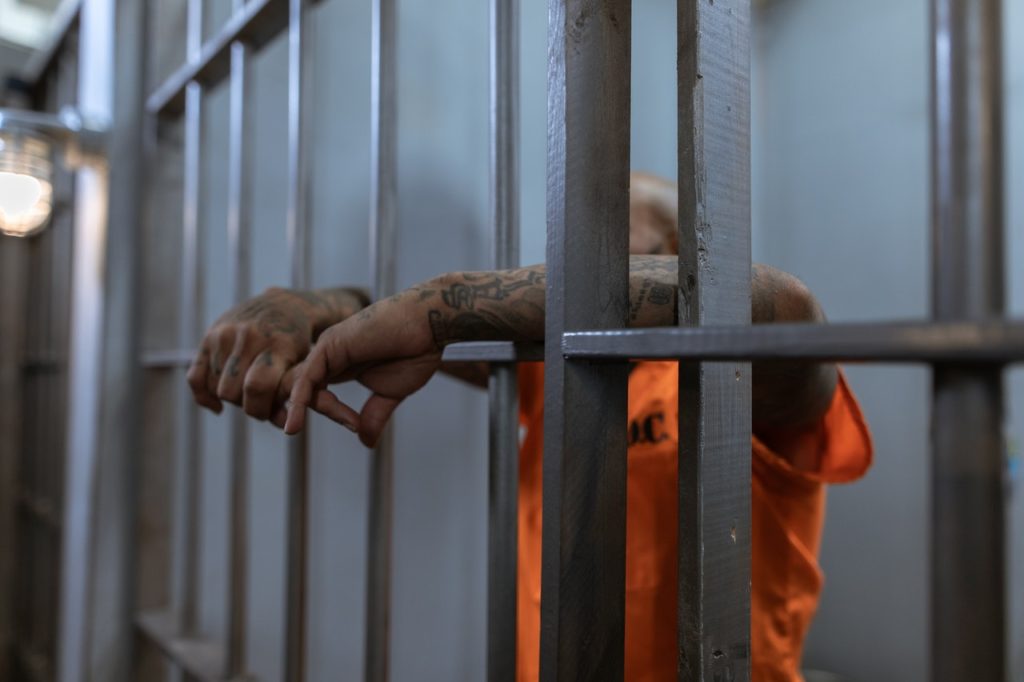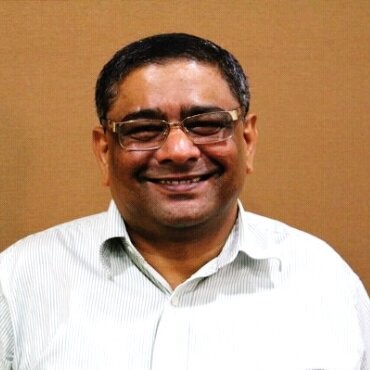O. Henry’s famous short story “The Cop and the Anthem” features Soapy, a homeless man who spends his New York winter in a low security prison by committing a petty crime, getting arrested and being sentenced for 3 months of the peak winter. His bed and board and heating were taken care of and, since he was well behaved, he was a popular prisoner. O. Henry was known for his stories having a twist at the very end and so does this one, but I leave that to you to read. The point that I am trying to make here is that had O. Henry set his story in India, Soapy might have tried to find a different solution. Rather than finding himself spending three months in prison, he might have spent many years as an undertrial. Further the winter months would not have been too comfortable either.
It is fairly known to everyone who is somewhat well versed with the way things work in India, what the life of an under-trial prisoner is like. Many times, even without being convicted for the alleged offence, during the pendency of the trial prisoners may exhaust the crucial years of their life – and the more devastating moment is when they are acquitted by the court of law after years of being under-trial. These under-trial prisoners are the most affected people in the criminal justice system as they have to live life just like the convicted prisoners which causes them big mental agony and emotional distress.
On July 5, 2021, 84-year-old Jesuit Father Stan Swamy died in a Mumbai hospital, far from his home and far from the tribal community for whose upliftment he had tirelessly worked for decades. Fr. Swamy had been instrumental in filing a Public Interest Litigation on behalf of youths belonging to SC/ST communities and others languishing in Jharkhand jails as under trials following cases being registered against them under the stringent sections of the Unlawful Activities (Prevention) Act and Criminal Law Amendment Act (CLA), 1908.For eight months, he had suffered in jail. Visibly unwell, and battling Parkinson’s Disease, he had requested the Bombay High Court (HC) to allow him to go home to “be with my own”. At this point he not even been charged with any crime, let alone convicted of any crime — he had been arrested only on the basis of having been vaguely accused of links to a terrorist conspiracy. In spite of not having even been formally charged with any crime, he was repeatedly denied bail, until the poor old man, who couldn’t even drink water from a glass because of his Parkinson’s, died.
In the unending tragedy of slow justice and innumerable hearings in India, ironically a posthumous bail hearing was scheduled and held in the Bombay High Court on the 19th of July. There the judges asked a question that has been asked many times before “for how many years can people be asked to languish in jail without a trial”. No answer was forthcoming from the government of our most civilized and progressive and internationally-respected country because of course our government wants to preserve its ability to do so again and again, against whoever it wishes, law or no law, humane or inhumane, right or wrong.
Fr Swamy’s case is typical of a larger problem in our justice delivery system: keeping undertrial prisoners in jail for years even when they are under trial – and actually for years even before any trial is launched at all.
The National Crime Records Bureau’s Prison Statistics Report 2019 shows that they comprise 69.05% of all inmates of India’s prisons. In 2018, it was 69.41%, and in 2017, it was 68.49%. Thirteen per cent are over the age of 50. The data reports the death of over 1,800 prisoners in the year 2018. Since some 70 per cent of prison inmates are undertrials, it can be safely assumed that a large percentage of those dying in prison are not convicted of any offence.
Given that people behind bars are unable to access suitable health care and nutritious food, it is the responsibility of the State and the judiciary to ensure that they are only deprived of their liberty and are not exposed to any other form of ill-treatment.
But the difference between an under-trial and a convicted criminal mostly stays in the jail files. The day to day living conditions are not very different: sub-human living conditions, poor nutrition, poor hygiene, and violent clashes between the inmates and jail authorities.
I repeat: nearly 70% per cent of prisoners in India are those who have not been convicted by any court for a crime.
Many among them have to wait for years before the trial court even begins hearing their cases.
Jails in India are full of young men and women who are illiterate or semi-literate and come from socio-economically weaker sections of society.
Of those who are under-trial, more than 65 per cent belong to Dalit, Tribal or OBC categories. Most of them are too poor to even afford the bail fee. Calling such prisoners “unfortunate forgotten specimens of humanity”, the Supreme Court has remarked it was “high time” that the government and judiciary begins to realise that “in the dark cells of our prisons there are large number of men and women who are waiting patiently, impatiently perhaps, but in vain for justice”.
The management of prisons falls exclusively under the domain of each state government in India, as prescribed in the seventh Schedule of the Indian Constitution. In every state, the prison administrative machinery works under the chief of prisons who is a senior-ranking officer of the Indian Police Service. However, prison conditions are not praiseworthy in even a single Indian state.
A direct result of most undertrials being poor and illiterate is that the period they spend inside jails has nothing to do with the crime they are supposed to have committed. They are there because of their inability to pay the bail fee or even to avail themselves of the services of a lawyer. The double hazard of being poor and barely literate means that most prisoners in India hardly know and understand the legal mechanism to exercise their fundamental right to a speedy trial and freedom from undue detention.
Some attempts have been made to study the reasons for these delays and explore some mitigation measures. Increase in population, inadequate number of courts, shortage of judges and the lengthy process of their appointment have been cited as some of the reasons. There is also a shortage of clerical staff, lack of infrastructure, and insufficient use of information technology, inadequate budgetary allocations for judiciary is also a reason.
The Narendra Modi government when first elected in 2o14 had actually recognised the problem of undertrial prisoners. It had started work on a system where undertrials, who have served at least half of their maximum sentence had they been convicted would be released from prison. But, in response to an application filed under the Right to Information Act, the National Crime Records Bureau replied that, out of the more than 3 lakh cases pending in different phases across the country, a total of 61,359 had been freed till December 2019. Given that India’s overall occupancy rate stood at 118.5 per cent in 2019 and the National Capital, Delhi has the most overcrowded prisons in the country, with 74.9 per cent more inmates than capacity, clearly there is a long road ahead that has to be travelled.


